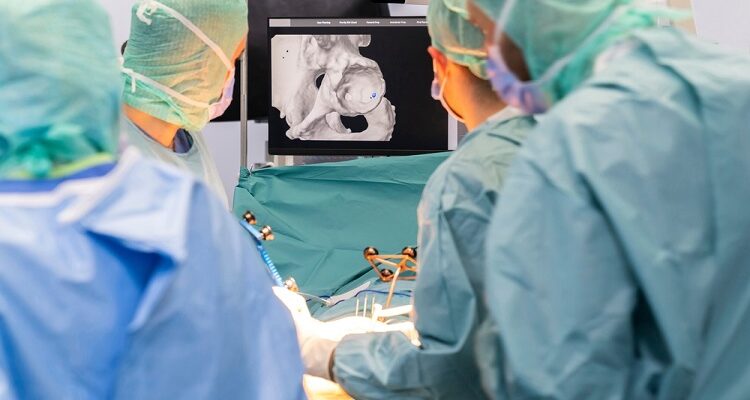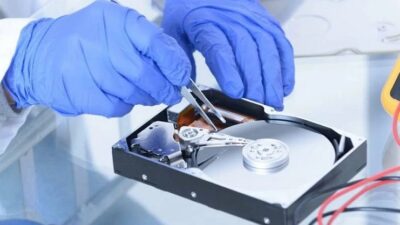The hip joint is a complex structure, crucial for maintaining mobility and supporting the body’s weight. However, conditions like labral tears can disrupt the normal functioning of the hip, leading to pain and limited range of motion. Labral tear hip surgery has become a viable option for individuals grappling with this orthopedic challenge. In this comprehensive guide, we’ll explore what to expect before, during, and after labral tear hip surgery, shedding light on the process and the potential outcomes.
Table of Contents
Understanding Labral Tear and Its Impact:
Before delving into the details of surgery, it’s essential to grasp what a labral tear entails. The hip labrum is a ring of cartilage that surrounds the hip joint’s socket, providing stability and cushioning. A labral tear occurs when this cartilage is damaged, often causing pain, stiffness, and a sense of catching or locking in the hip. Conservative treatments like physical therapy or medications may be attempted initially, but if these prove ineffective, surgery becomes a viable option.
Pre-Surgery Preparations:
Consultation and Diagnosis:
Usually, the process starts with an orthopedic expert consultation. A complete physical examination and imaging studies like an MRI or arthroscopy are used to determine the degree of the labral tear. The surgeon will discuss the diagnosis, potential benefits of surgery, and address any concerns or questions the patient may have.
Medical Evaluation:
Before surgery, a comprehensive medical evaluation is conducted. This ensures that the patient is in optimal health for the procedure. In order to guarantee a comprehensive approach to treatment, the surgeon will assess the patient’s medical history, conduct any required tests, and maybe work in conjunction with other medical specialists.
Discussion of Surgical Options:
There are different surgical approaches to address labral tears, including arthroscopic surgery and open surgery. The surgeon will discuss the most suitable option based on the patient’s specific case, considering factors such as the size and location of the tear.
Preoperative Instructions:
Patients will receive detailed preoperative instructions, including guidelines on fasting, medication adjustments, and any necessary lifestyle modifications. Following these instructions diligently helps ensure a smooth and safe surgical experience.
The Surgical Procedure:
Anesthesia Administration:
Usually, general anesthesia is used during labral tear hip surgery to ensure that the patient is totally asleep and pain-free. In some circumstances, the lower body may be rendered numb with regional anesthetic.
Arthroscopic Technique:
Arthroscopic surgery is a minimally invasive approach commonly used for labral tear repair. Small incisions are made, and a tiny camera (arthroscope) is inserted to visualize the joint. The ripped section of the labrum is then repaired or removed using surgical tools.
Open Surgery:
In certain situations, open surgery may be recommended, especially for complex or extensive tears. This involves a larger incision, providing direct access to the hip joint for more intricate repairs.
Labral Repair or Removal:
The specific approach taken during surgery depends on the nature of the labral tear. In some cases, the torn portion is sutured and repaired. In others, if the damage is irreparable, a partial or complete removal of the torn labrum may be necessary.
Post-Surgery Recovery:
Immediate Postoperative Period:
Patients are attentively observed in the recovery area following surgery. Pain management strategies are implemented, and the surgical team ensures the patient is stable before transitioning to the next phase of recovery.
Physical Therapy and Rehabilitation:
A vital part of the healing process is physical therapy. With the help of a physical therapist, patients will progressively restore joint function, strength, and flexibility. Rehabilitation may start soon after surgery and continue for several weeks or months.
Weight-Bearing and Activity Restrictions:
Depending on the extent of the surgery and the individual’s progress, weight-bearing and activity restrictions may be in place initially. These are gradually lifted as the hip heals, allowing for a progressive return to normal activities.
Follow-Up Appointments:
Regular follow-up appointments with the surgeon are scheduled to monitor the healing process, address any concerns, and assess the overall success of the procedure. Imaging tests may be conducted to evaluate the structural integrity of the hip joint.
Potential Outcomes and Considerations:
Pain Relief and Improved Function:
Labral tear hip surgery aims to alleviate pain and improve hip function. Many patients experience significant relief from symptoms, allowing them to resume normal daily activities without discomfort.
Recovery Timeline:
The timeline for full recovery varies among individuals. While some may return to normal activities within a few weeks, others may require several months of rehabilitation. Compliance with postoperative instructions and dedication to physical therapy contribute to a smoother recovery.
Long-Term Success:
The long-term success of labral tear hip surgery is influenced by various factors, including the surgical technique, the extent of the tear, and the patient’s commitment to rehabilitation. Following the recommended postoperative care guidelines enhances the likelihood of a positive outcome.
Conclusion
Labral tear hip surgery represents a crucial step in the journey toward healing and restored hip function. By understanding the preoperative preparations, the surgical procedure, and the postoperative recovery process, individuals can approach this orthopedic intervention with informed expectations. As advancements in orthopedic care continue, labral tear hip surgery stands as a testament to the commitment to enhancing the quality of life for those grappling with hip joint challenges.







Comments